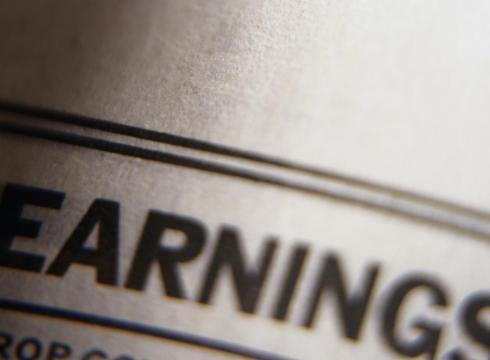by BeiChen Lin, Russell Investments
Sticking to your strategic plan may be the best way to navigate through choppy waters
A “red wave” has failed to materialize in Canada. Despite the Liberal Party expanding its seat count in Parliament, CTV News is projecting that the Liberals will still form a minority government after Monday’s election. Now, the focus turns to a different set of waves—those battering the Canadian economy.
Trade turmoil
Canada’s economy is struggling to stay afloat. The Canadian unemployment rate has risen at a much sharper pace compared to the U.S. unemployment rate, and trade policy uncertainty threatens to make things even more challenging.

Source: LSEG Datastream, March 2025.
Although the U.S. has paused tariffs on imports from Canada and Mexico that comply with the Canada-United States-Mexico Agreement (CUSMA), there’s no guarantee this will last. While Prime Minister Carney has expressed a desire to diversify Canada’s trading relationships, for now, roughly three-quarters of Canada’s exports are still to the United States. A protracted trade standoff with the U.S. could cause export volumes to drop, and risk causing a Canadian recession.

Source: Statistics Canada, December 2024.
Power tools
Although the parties may sometimes disagree on precise policy choices, there is still a general consensus that the Canadian government needs to focus on supporting the economy through these turbulent times. While a minority Liberal government inherently means some compromises are necessary, we still believe that should a recession materialize, the different parties can rally around the flag and unleash powerful stimulus. Moreover, we believe Canada’s healthy financial position gives the government the latitude to step in.

"While a minority Liberal government inherently means some compromises are necessary, we still believe that should a recession materialize, the different parties can rally around the flag and unleash powerful stimulus."
BeiChen Lin, CFA, CPA
Senior Investment Strategist, Head of Canadian Strategy
Another potential power tool: monetary policy. The drop-off in demand in the event of a recession would likely more than offset the potential upward price pressures caused by Canada’s retaliatory tariffs. This means the Bank of Canada can cut rates aggressively while still keeping medium-term inflation expectations well-anchored.
Don’t panic
Avid swimmers know the importance of staying calm in challenging waters. Likewise, we believe that Canadian investors should resist the temptation to go to cash, despite the elevated recession risks. Many Canadian companies are global, meaning they might not underperform even if Canada’s economy does. In fact, the S&P TSX Composite Index is roughly flat year-to-date through April 28, while the S&P 500 is down roughly 7%. Moreover, we believe Canadian stocks are closer to fair value than U.S. stocks.
Meanwhile, we believe Canadian government bonds continue to be a key defensive lever for investors, with the potential for capital appreciation should the Bank of Canada cut rates by more than what the markets are currently pricing in.
Ultimately, maintaining a long-term focus can be a good way for Canadian investors to weather the storm.
Copyright © Russell Investments













